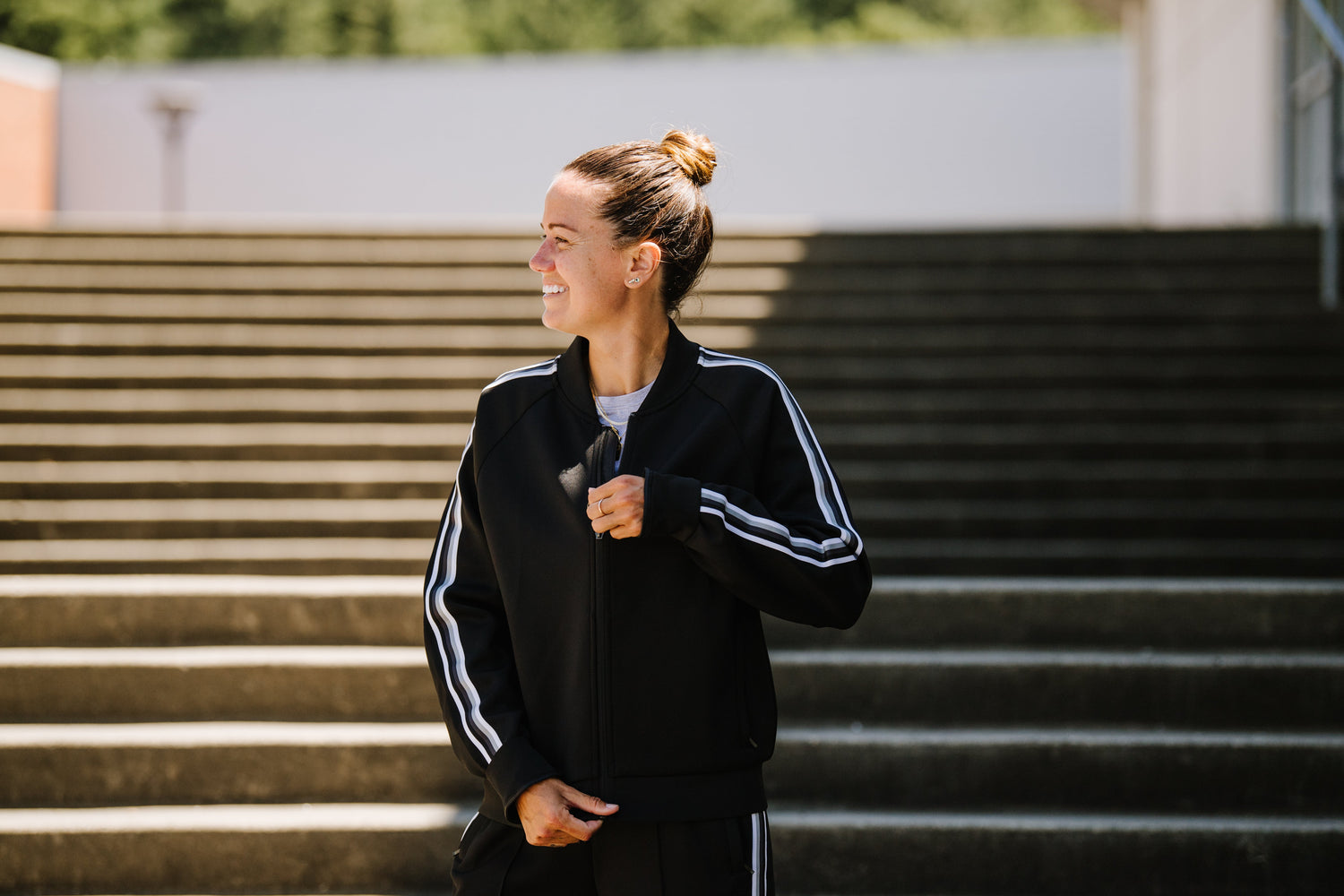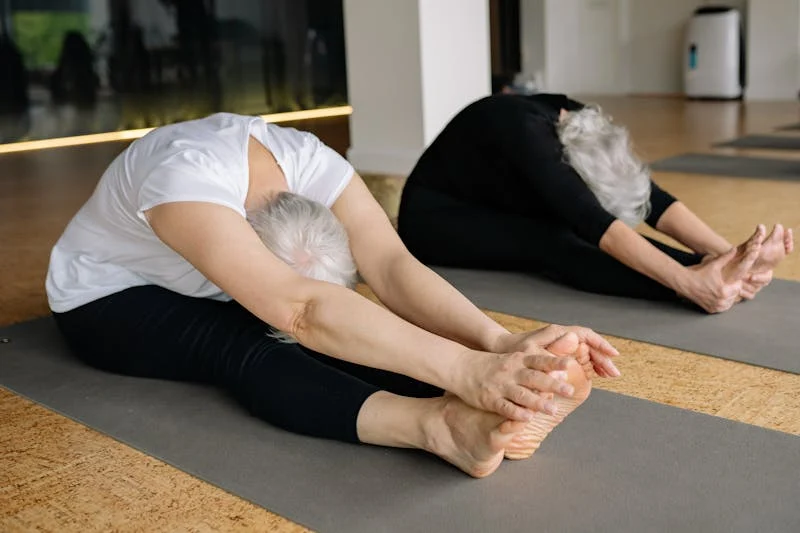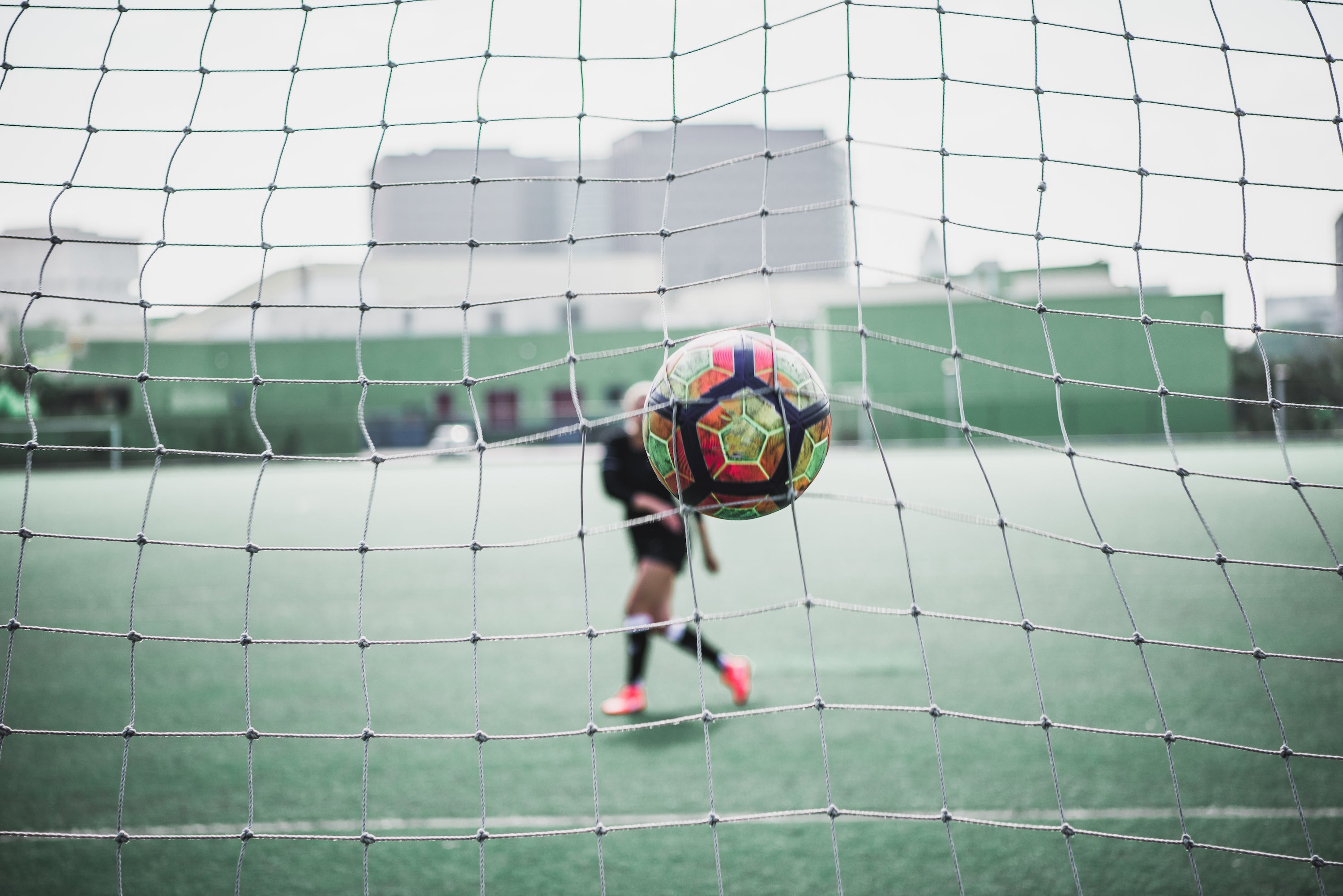When you play sports or stay active, injuries are often part of the journey. A sudden ankle twist, a muscle pull, or lingering soreness after a game can slow down your progress and affect your confidence.
Recovering from a sports injury involves more than just resting. From proper care routines to supportive therapies, you can use a variety of methods to support the body’s natural repair mechanisms. Natural treatments can help you regain your strength, restore mobility, and return to your favorite activities safely.
Let’s explore how you can strengthen your recovery process and prevent long-term complications.
1. The RICE Method: Early Care for Acute Sports Injuries
If you’ve recently been injured, the RICE method—Rest, Ice, Compression, and Elevation—remains one of the most effective initial responses for acute sports injuries. It helps control swelling and reduces tissue damage during the first 48 hours.
- Rest prevents further injury and allows the healing process to begin.
- Ice decreases inflammation and numbs the area for short-term pain relief.
- Compression limits swelling and supports the injured tissue.
- Elevation helps drain excess fluids, promoting faster recovery.
While simple, this method is essential in the early stages of any sports injury rehabilitation plan. When used correctly, it sets the foundation for more advanced recovery strategies like therapy or strength training.
2. Acupuncture: Restoring Balance and Reducing Pain
In sports medicine, acupuncture is recognized as a valuable complementary therapy for managing pain and promoting healing. By targeting specific pressure points, acupuncture stimulates blood flow and helps the musculoskeletal system release tension, reduce inflammation, and restore normal function.
Many athletes turn to reputable, local providers like Wild Acupuncture Birmingham, where practitioners focus on supporting injury recovery through precise, evidence-based acupuncture techniques. Sessions can complement traditional sports injury rehabilitation methods by helping with pain management, reducing muscle tightness, and improving overall mobility.
This form of therapy can be particularly beneficial if you’re recovering from muscle strains, stress fractures, or chronic conditions like shin splints. It helps calm the nervous system, making it easier for your body to focus on healing.
3. Physical Therapy: A Cornerstone of Sports Injury Rehabilitation
Working with physical therapists plays a key role in almost every recovery plan. They guide you through structured exercises that target the injured area, improve joint stability, and strengthen surrounding muscles.
For instance, someone recovering from an anterior cruciate ligament (ACL) tear after ACL reconstruction will benefit from progressive rehabilitation stages focusing on joint mobilization and muscular strength.
Physical therapists also collaborate with sports medicine physicians and orthopedic specialists to design a personalized plan suited to your specific condition. This collaboration ensures a balanced recovery, whether you’re healing from a knee injury, rotator cuff tear, or joint dislocation.
Your sessions may include electrical stimulation, joint mobilization, and low-impact exercises that gradually restore your joint mobility and muscular ability. These techniques help prevent chronic injuries and enhance long-term performance.
4. Managing Muscle Strain Through Active Recovery
If you’re dealing with sore muscles after an intense game or workout, managing muscle strain properly is crucial. Ignoring discomfort or pushing through pain can turn a minor issue into a serious injury.
Active recovery methods can relieve tension and promote healing. These include light stretching, foam rolling, and gentle mobility exercises, among others. When supervised by qualified therapists, these routines improve joint stability and reduce stiffness without stressing the injured tissue.
It’s also wise to monitor your progress with imaging tests if discomfort persists. These can help identify underlying problems like medial tibial stress syndrome or deeper soft tissue injuries before they worsen.
5. Nutritional Support: Fueling the Recovery Process
Healing is also about nutrition. The body needs key nutrients to repair damaged tissues, strengthen bones, and maintain the integrity of your musculoskeletal system.
Include foods rich in protein, omega-3 fatty acids, and vitamin C to boost collagen production and support tendon repair. Staying hydrated also improves blood flow, ensuring nutrients reach the affected areas efficiently.
Most sports injuries are caused by exercise or exercise equipment. In such instances, adding anti-inflammatory foods like turmeric, ginger, and leafy greens can make a significant difference in how quickly you recover.
6. Mind and Body Healing: Addressing Mental Health in Recovery
Recovering from an injury isn’t only about physical healing. There are emotional and psychological aspects of recovery that you can’t ignore. Many athletes experience frustration, anxiety, or even depression during downtime, which can slow the recovery process.
Focusing on mental health is just as important as rebuilding physical strength. Working with a mental health professional or attending occupational therapy sessions can help you stay motivated and emotionally balanced. This type of psychological healing ensures you approach recovery with patience and confidence, reducing the risk of relapse once you return to your sport.
7. Progressive Strength and Balance Training
Once your body begins to heal, it’s time to rebuild your foundation. Training that focuses on balance and coordination drills prepares you for the demands of your specific sport. Exercises such as single-leg stands, resistance band workouts, or agility ladders enhance joint stability and muscular strength.
You can also incorporate sport-specific drills as you move through the later rehabilitation stages. These help you regain your rhythm and prevent re-injury once you’re back on the field or court. Whether you’re recovering from a spinal cord injury, a joint replacement, or minor muscle strains, the key is consistent, safe progression guided by your healthcare team.
Integrating Natural and Medical Care for Lasting Results
Natural therapies work best when combined with professional medical oversight. Sports medicine is a collaborative field—bringing together acupuncturists, therapists, and sports medicine physicians to tailor recovery plans that suit your needs.
Blending traditional care with holistic treatments enhances your body’s ability to heal and adapt. For instance, using acupuncture for pain relief, physical therapy for functional recovery, and nutrition for strength rebuilding ensures no aspect of your healing is overlooked.
Final Thoughts
Recovering from sports injuries takes time, patience, and the right approach. By combining natural treatments with expert medical care, you support both your physical and emotional recovery. Whether you’re healing from an ACL reconstruction, tendon repair, or minor shin splints, remember that progress is built on consistency and proper guidance.
With help from trusted professionals and supportive therapies, you can rebuild your strength, regain confidence, and return to the activities you love—stronger than before.




Leave a comment
This site is protected by hCaptcha and the hCaptcha Privacy Policy and Terms of Service apply.